Situated just 40 kilometres northeast of Vientiane, Phou Khao Khouay National Park – meaning ‘Buffalo Horn Mountain’ – is a sprawling yet seldom-visited area. Accessible via Route 13 to Tha Khaek, the park boasts a breathtaking array of landscapes, ranging from lush jungles to cool misty pine forests, rivers and waterfalls. Among the notable waterfalls are Tad Leuk and Tad Xay, both of which can be explored in a single daytrip.
Just two hours away from the hustle and bustle of Vientiane lies a remarkable natural area, the closest National Park to the capital city. Despite its proximity, it can feel distant and out of reach to the average traveller. With much of the infrastructure and activities that brought it fame in the past now gone or in disrepair, the park is no longer the tourist hot spot it once was. But its wild beauty still remains, making it a perfect destination for those looking to escape the city on Laos tours.
How to Explore Phou Khao Khouay National Park
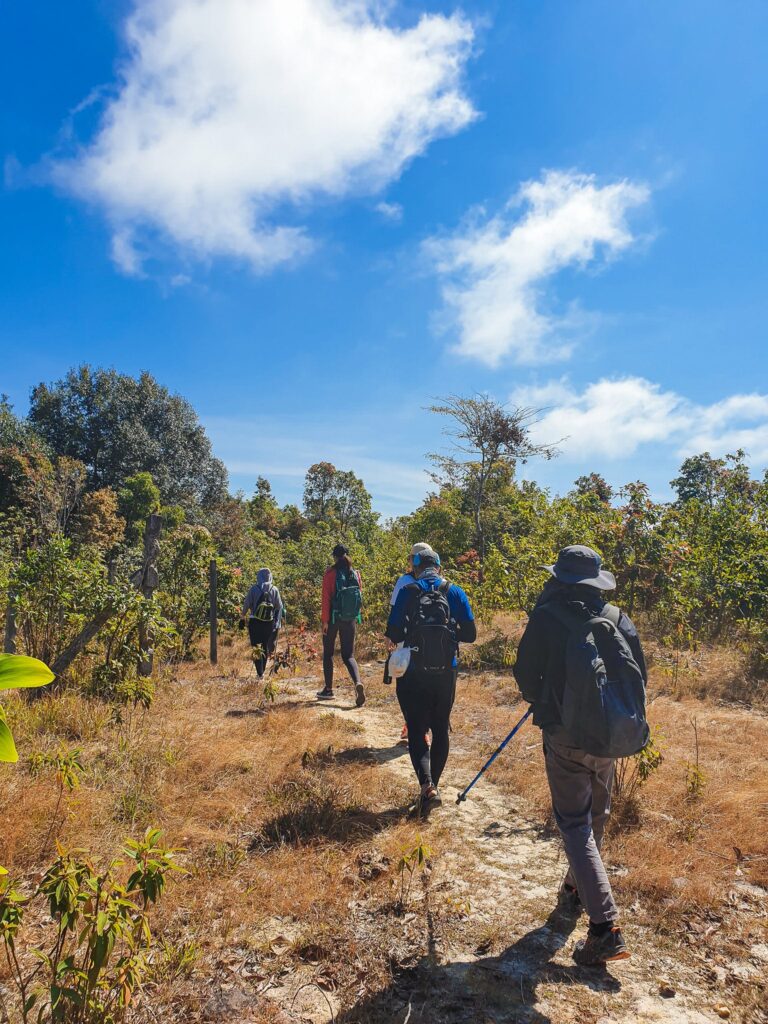
Exploring Phou Khao Khouay National Park can be most rewarding when done on an organised daytrip or with your own transportation. To make your visit less frustrating, hire a driver or rent a truck/SUV or a sturdy motorbike if you are a capable driver. Established in 1993, the park covers 2,000 square kilometres and is situated in three provinces – Vientiane capital, Vientiane province and Bolikhamsay province. Its boundaries are marked by the large Nam Ngum reservoir/artificial lake in the northeast. Explore its various forest types, including mixed deciduous and dry evergreen, as well as its plateau, rivers Nam Gnong, Nam Mang and Nam Leuk which drain into the Mekong, the Ang Nam Leuk reservoir and a sandstone mountain range. The highest peaks are Phou Ho (1,671 metres) and Phou Sang (1,666 metres). Additionally, the park is home to Lao villages and other ethnic groups such as the Hmong, Khmu and Yao. Within the park, there are only three villages.
The Tourism Office of Vientiane offers a list of its “wildlife treasures”– white-cheeked gibbons, Phayre’s langur, civets, slow loris, the near extinct green peafowl, Malayan night-heron, fish eagles, grey peacock pheasant, Siamese crocodile, and the potential for Asiatic black bears. Taking a trek or staying overnight with licensed guides may increase your chances of seeing some of these animals.
Ban Na Elephant Watch Tower and Homestay
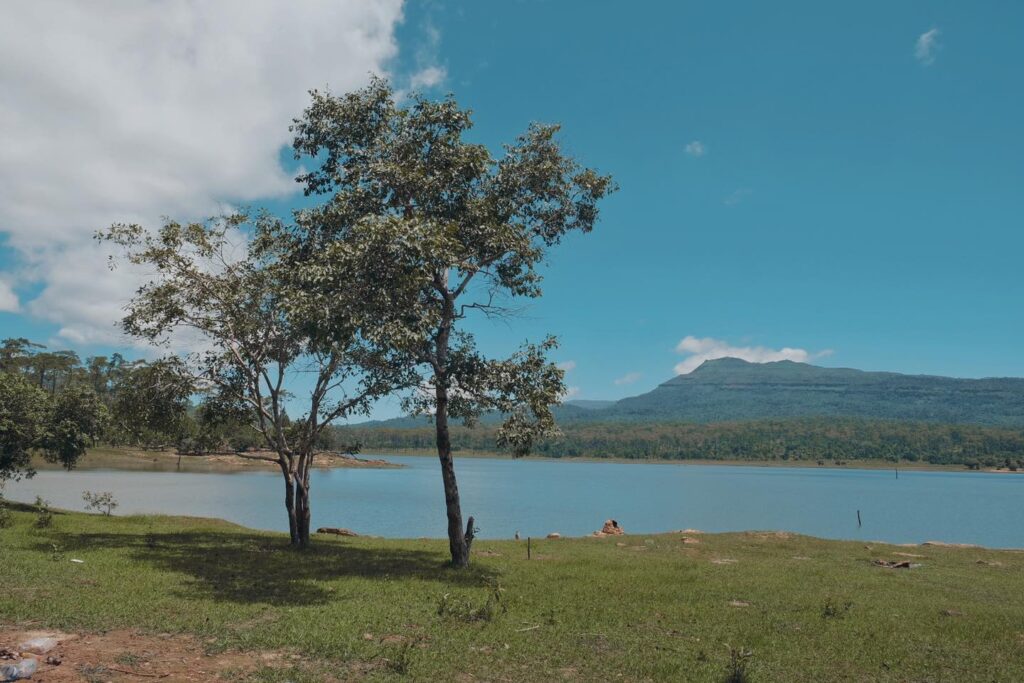
Visiting Ban Na Elephant Watch Tower and Homestay in Phou Khao Khouay National Park can give tourists an exciting opportunity to spot wild elephants at night. In February 2011, two groups of elephants were reported when Travelfish visited the park, although they were not seen. Today, there have been no sightings of elephants at the watchtower for a few years. The Tourism Office still displays information about the watchtower, and a homestay in the village is still available. For the best chances of wildlife spotting, visitors should plan an overnight trip to the park and try to visit at early dawn, dusk or night. However, a sighting of wild elephants would require a lot of luck.
Tad Leuk and Tad Xay Waterfalls
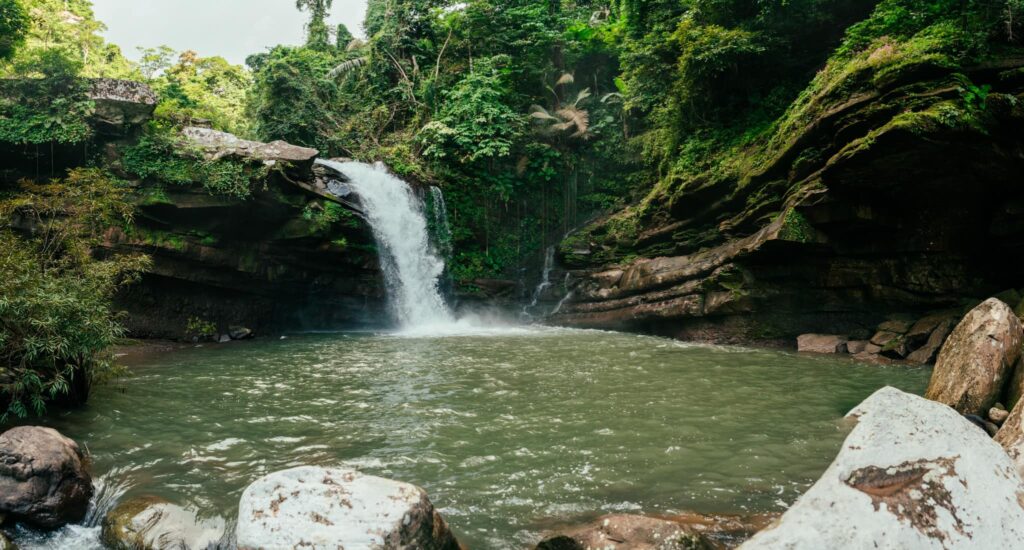
Visit the two waterfalls, Tad Leuk and Tad Xay, located a short distance apart in the eastern region of the park in Bolikhamxay province. Make a day of it by taking a drive from Vientiane, which is approximately 2.5 hours away in each direction. Enjoy the scenic journey and explore the beauty of these two waterfalls in one trip.
Tad Leuk waterfall, situated in Phou Khao Khouay, is a popular family-friendly destination, ideal for weekend picnics. From October to April, the Nam Leuk river provides a refreshing spot to swim and relax on the wide, flat sandstone rocks. During rainy season (approximately June to September), the six-metre waterfall is at its most impressive, with butterflies and orchids decorating the trails. For safety reasons, it is not recommended to explore the trails at Tad Leuk alone. If you wish to venture away from the falls, it is advisable to book a trek through Green Discovery or hire a local guide for approximately 100,000 kip per one to three people. Unfortunately, two people have previously strayed from the trails, getting lost in the jungle overnight before being found.
Tad Leuk is an ideal day trip destination, but we do not recommend staying overnight. At the visitor centre, you can expect basic facilities only, and food is not available. Since 2008, when camping outdoors in the park was promoted in brochures, much has changed. Reports of visitors being told they cannot pitch their tents, but must rent the equipment instead, have been received. Unfortunately, the equipment is reportedly dirty and broken. There is also no option to sleep outside, but visitors must sleep inside the building on the floor. This does not sound like a pleasant experience.
To reach Tad Leuk, take Route 13 South and turn left at Km 90 (just before Thabok). Follow the road for 5 km to Ban Houay Leuk and continue following signs for 1 km, turning right and crossing an iron bridge over the Nam Leuk river. Drive another 5 km to the park checkpoint where you can pay admission (5,000 kip per person). The journey can be completed by either car or motorbike.
From the checkpoint, travel three kilometres and turn left when you see the sign for Tad Leuk. The last four kilometres to the waterfall can be rough and tricky, especially in rainy season, so it’s a good idea to have a guide or join an organised tour. Be prepared for a combination of bumpy roads and a bit of walking to get there.
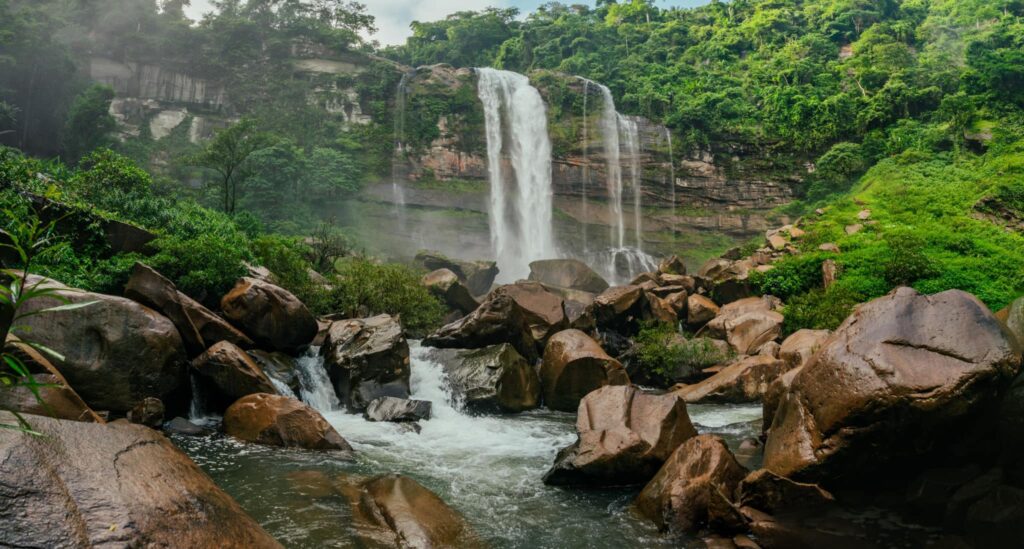
Tad Xay’s twin waterfalls, located in the same park, are renowned for their grandeur. The Nam Mang waterfall winds for 800 metres through a valley before plunging off Pha Xay, a 40-metre high cliff, into a gorge. Visiting during the week may offer a more solitary experience, with the best time to go being between October and May, as the rainy season (June to September) can make reaching the falls difficult. Swimming is possible in the lower pool of the smaller fall all year round.
To get to Tad Xay, follow the same instructions for Tad Leuk to the bridge crossing over the Nam Leuk. After passing Ban Hatkai village, continue seven kilometres through the forest (note: the road will be rough and in rainy season, muddy and slippery). For a more adventurous journey, take a 45-minute boat trip from Ban Hatkai followed by an hour hike to the waterfall. It can be arranged on the spot at Ban Hatkai at a cost of 80,000 kip or more (depending on number of people and price of petrol), plus a local guide fee of 100,000 kip for one to three people, a permit fee of 50,000 kip per person, and possibly a village fund fee of 50,000 kip per person.
How to Sleep at Phou Khao Khouay National Park
Experience rural life in a quiet, spacious village in Ban Hatkai by doing a homestay. The local family you’d stay with lives in a traditional open-plan Lao house, and you can expect a roof over your head, clean bedding, mosquito net and a home-cooked meal. Explore the area’s open, grassy pastures and riverside temple, though English is rarely spoken.To arrange the homestay, call Mr Khamoune or Mr Bounthiang at (020) 224 0303. It’s a community-based project, so you’ll need to pay a variety of fees: 30,000 kip for the homestay, 30,000 kip for a meal, 50,000 kip for the village fund and 50,000 kip for the park permit. Enjoy the slower pace of rural life and the chance to be in a close community for a day.
For a different way to explore Phou Khao Khouay National Park, travel 50 kilometres from Vientiane to Ban Pako Eco Lodge (also known as Ban Lao Pako). This eco-friendly resort is situated on the banks of the Nam Ngum river, on the southern edge of the park. Despite its picturesque location, Ban Pako is sadly in a state of disrepair and is eerily deserted.
This place was once evidence of a substantial investment, boasting an open-air restaurant with a stunning view of the Nam Ngum and high-end furnishings.
Ban Pako Eco Lodge is not recommended for budget travellers, as the room rate of 230,000 kip is quite expensive. Furthermore, the menu items are often unavailable and breakfast is not included. This accommodation is also not suitable for people who are afraid of insects and geckos; however, those who are seeking some quiet alone time in nature may find this a good choice. We suggest that you have company if you decide to stay here, as we were spooked by how quiet and deserted the place felt, especially at night when all but one staff member goes home.
Conclusion of Phou Khao Khouay National Park Trip
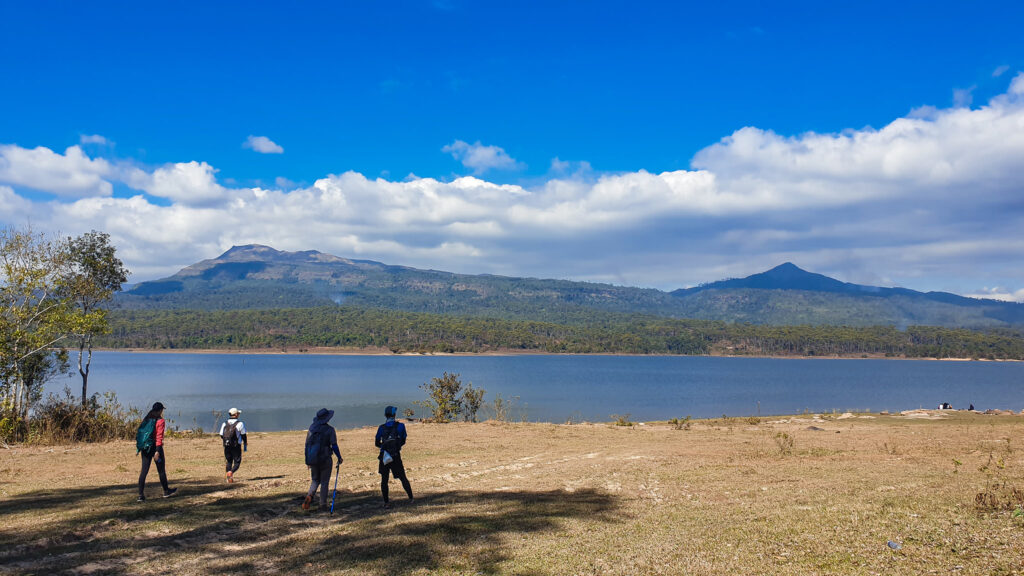
Discover the stunning biodiversity of Phou Khao Khouay (‘Buffalo Horn Mountain’), one of the most beautiful National Protected Areas in Laos. Join a botanical specialist and explore the diverse landscapes, ranging from dry evergreen and mixed deciduous forests, to cascading waterfalls and rivers that eventually meet the Mekong. Get a chance to observe tropical butterflies and orchids, and learn about the rare large mammals that inhabit the reserve, such as deer, bears, tigers and elephants. Visit the Ban Hatkhai village and experience the lifestyle of the Lao Loum people. Finally, take a long-tail boat up the Nam Mang, before continuing up the Houay Xai, one of its tributaries. This is an ecological paradise for nature lovers.
Contact us for the customized tour to Phou Khao Khouay National Park!

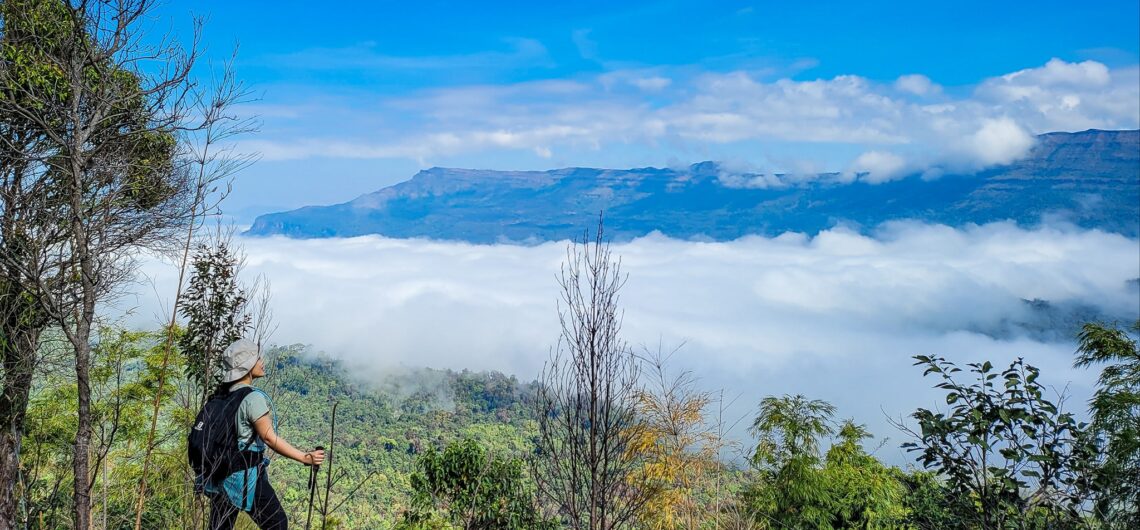
Comments